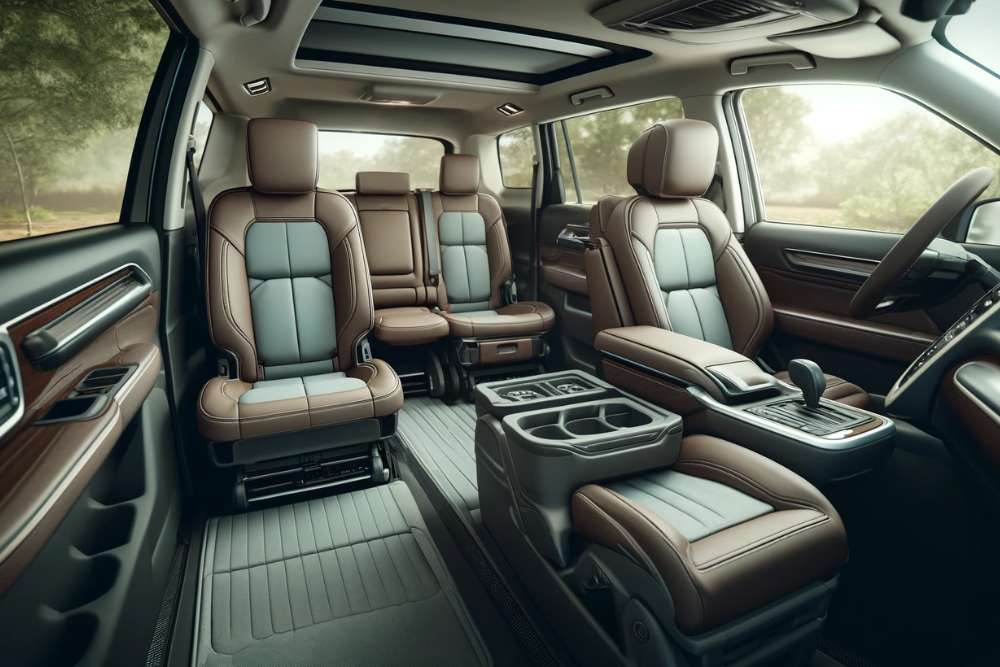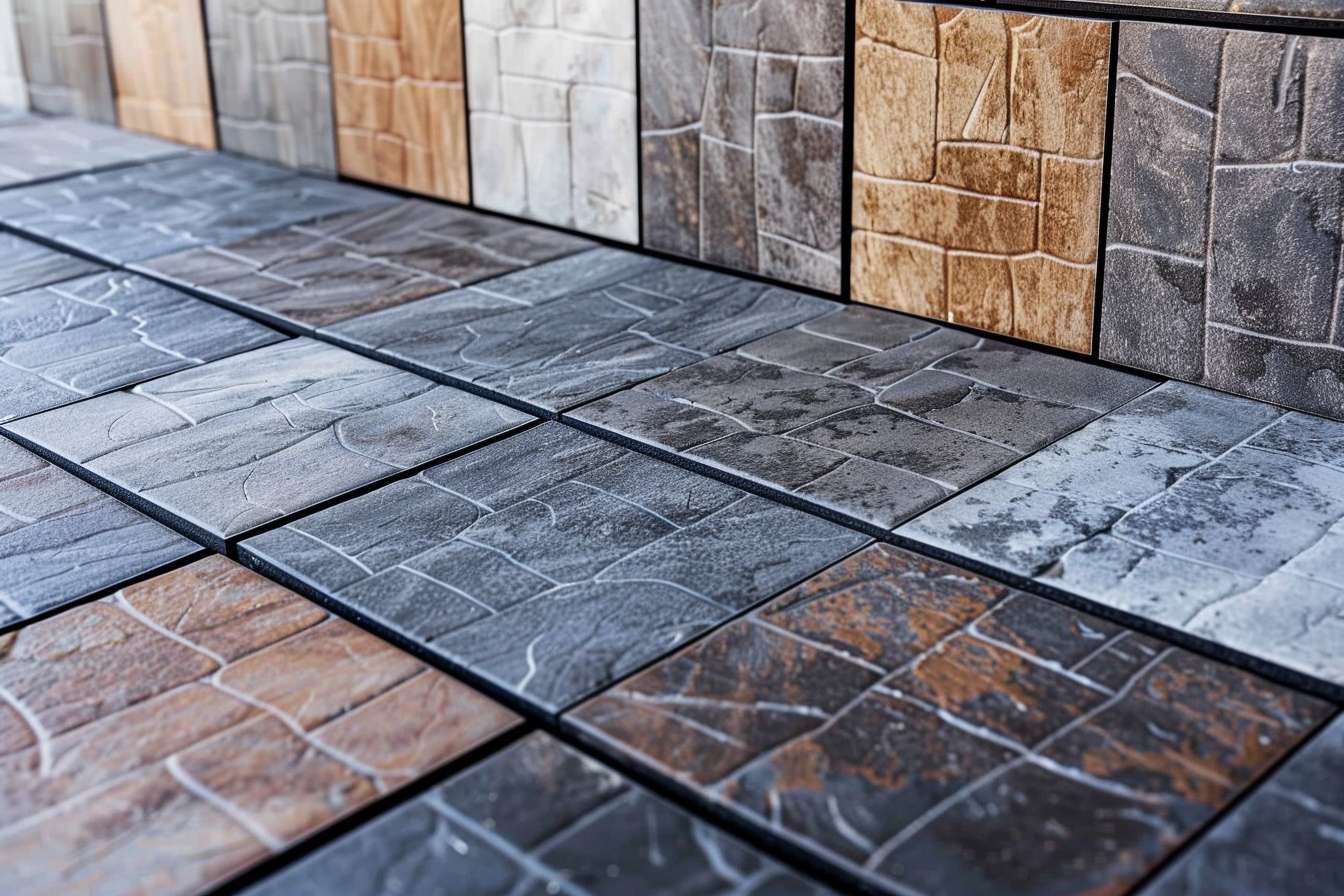How to Get Started with a Tiny Home Lifestyle
The tiny house movement has transformed from a niche trend into a practical housing solution for those seeking simplified living. A tiny home typically ranges from 100 to 400 square feet, offering an efficient living space that combines functionality with minimalist design. This lifestyle choice appeals to individuals looking to reduce their environmental impact, lower living costs, and embrace a more intentional way of living.

Understanding Tiny House Types and Mobility Options
Tiny houses on wheels for sale represent a popular category within the tiny home market. These mobile dwellings offer flexibility in location and comply with most recreational vehicle regulations. Traditional fixed-foundation tiny homes provide more stability and may better suit those planning to settle in one location. Each type requires different permits, insurance, and parking considerations depending on local regulations.
Essential Considerations for Cost and Planning
Affordable mobile tiny homes typically range from $20,000 to $100,000, depending on customization levels and materials. Initial costs include land purchase or rental, utilities setup, and necessary permits. Monthly expenses often decrease significantly compared to traditional housing, though exact savings vary by location and lifestyle choices.
| Type of Tiny Home | Average Cost Range | Key Features |
|---|---|---|
| Basic Shell | $20,000-$30,000 | Unfinished interior, basic framing |
| Mid-Range Built | $40,000-$70,000 | Complete amenities, standard finishes |
| Luxury Custom | $70,000-$150,000 | High-end materials, custom design |
| DIY Build | $15,000-$40,000 | Owner-built, variable features |
Prices, rates, or cost estimates mentioned in this article are based on the latest available information but may change over time. Independent research is advised before making financial decisions.
Implementing Stylish Compact Living Solutions
Effective small house design ideas focus on maximizing vertical space and incorporating multi-functional furniture. Popular solutions include:
-
Murphy beds that convert to desks
-
Sliding walls or rotating rooms
-
Built-in storage throughout walls
-
Convertible dining areas
-
Loft spaces for sleeping or storage
Planning Your Transition to Tiny Living
Before making the move, consider these essential steps:
-
Evaluate your current belongings and begin downsizing
-
Research local zoning laws and building codes
-
Create a realistic budget including maintenance costs
-
Consider your lifestyle needs and daily routines
-
Connect with tiny home communities for insights
The transition to tiny living requires careful planning and consideration of personal needs, local regulations, and practical limitations. Success in tiny home living often depends on thorough preparation and realistic expectations about the lifestyle changes involved. While challenging, many find the benefits of reduced costs, environmental impact, and simplified living well worth the adjustment.




